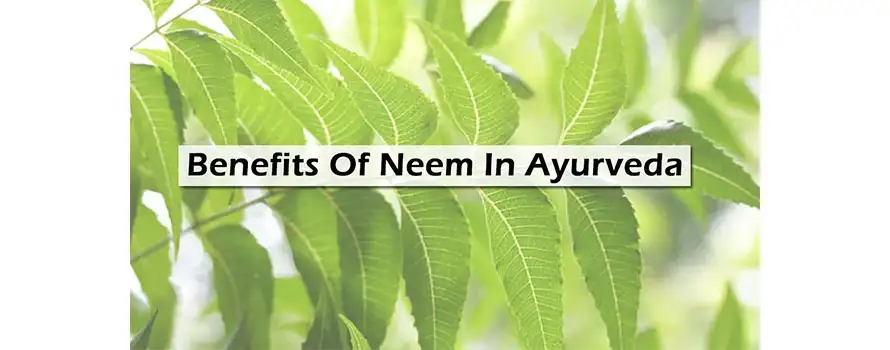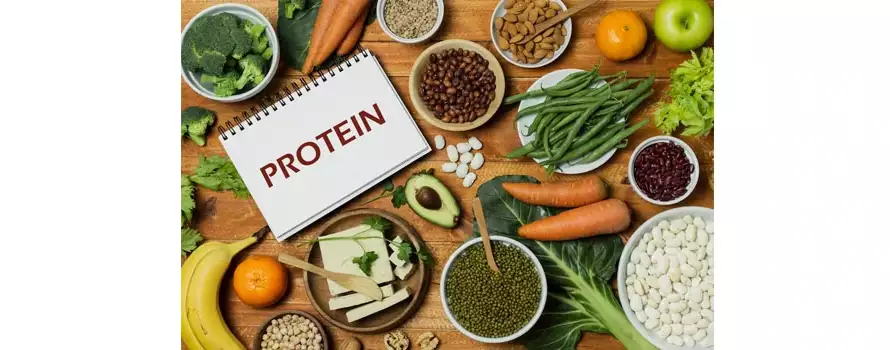Pitta generally translates as fire. The term, however, does not indicate a fire in the sense that you would typically associate with candles or an open fire. The heat energy in the body, or Pitta Dosha, is unseen. It shows up as changes in your metabolism. Pitta is always involved when our food is digested in the stomach and intestines, when enzymes are produced, or when hormones are released from the endocrine glands into the bloodstream. This also means that Pitta bio-energy, which mostly comprises of the fire element, is a part of everyone. Additionally, the water element makes a (small) contribution. Let us look at an overview of Pitta Dosha and a recommend diet for Pitta body type.
An overview of Pitta Dosha:
The summertime is referred to as the Pitta season. Pitta is a combination of the elements of fire and water and is characterised by its hot, greasy, and light nature. You might experience the following when your body has an excessive amount of Pitta:
- Excessive body heat production
- Acid reflux, gas, indigestion
- Inflammation of the joints
- Nausea, diarrhoea or constipation
- Anger & irritability
- Bad breath
- Body odour
- Excessive sweating
How to Reduce Pitta Immediately:
Knowing what causes Pitta imbalance in the body is equally vital to understanding how to balance Pitta Dosha, which is the question that requires immediate attention. The development of Pitta Dosha or Pitta imbalance is caused by a variety of reasons. Among the most noteworthy of them are:
- Exposure to a Pitta-provoking or antagonistic diet
- Use of preservatives in excess
- Exposure to sunlight
- Overexposure to chemicals
- Emotional or physical stress
Diet for Pitta body type:
Simple yet powerful Pitta remedies are suggested by Indian Ayurveda, and by using them, you can quickly correct the body’s Pitta imbalance. These techniques include an ayurvedic diet that balances Pitta and helps the body get rid of toxic waste while also regulating bowel movements for a happy, healthy gut. Regularly doing this will soothe the body and enable proper operation. Here is a great Pitta-pacifying diet that you may follow to solve the conundrum of how to manage Pitta and feel healthy at the same time. Pitta Dosha balance can also be accomplished through yoga.
How to balance Pitta Dosha with a Pitta pacifying diet:
A combination of fresh, cooling, grounding and carbohydrate-rich foods can calm the Pitta. The following advice must be followed by someone with excessive Pitta Dosha:
- Prefer cool to warm or hot
- Foods that are nourishing and light must take precedence over foods that are dense or heavy.
- Choosing dry food over liquid reduces Pitta Dosha
- Pitta-soothing beverages should prefer mild ones like fresh juices to strong ones like alcohol or caffeine-based beverages.
Are you still unsure about how to immediately reduce Pitta? Here is a suggested diet for Pitta body type to adopt.
The greatest foods to balance Pitta Dosha are fresh fruits and vegetables. Fruits that taste sweet and are just a little bit astringent can calm Pitta. When choosing Pitta-calming foods, it’s critical to distinguish between sweet and bitter flavours because a fruit or vegetable that tastes bitter can actually operate against your body. Learn more about the various flavours. Additionally, it is recommended to have fruits, vegetables, and juices on their own rather than as a side dish with other meals. The ideal timing for it would be an hour after or 30 minutes before any meal. You’ll be able to get the most out of your diet and correctly digest the food.
Fruits beneficial to remove Pitta from the body:
Apples, apricots, berries, cherries, coconut, dates, pear, papaya, plums, pomegranates, mangoes, oranges, melons, watermelons, strawberries, figs, and grapes are some of the other fruits and vegetables.
(Note: Among the listed Pitta-soothing meals, anything that tastes harsh needs to be thrown out right away.)
Vegetables to eat to curb Pitta imbalance:
Along with others, these foods include avocado, broccoli, cauliflower, celery, cilantro/coriander, peas, pumpkin, radishes, cabbage, sweet potatoes, spinach, lettuce, okra, cucumber, potatoes, and leafy greens.
(Note: Any of the above Pitta-pacifying items that have a bitter flavour should be thrown away right away.)
Grains that support the diet for Pitta body type:
Among others, these include amaranth, couscous, oats, quinoa, granola, wheat, tapioca, and basmati rice.
Grains to avoid: Brown rice, polenta, corn, buckwheat, millet, muesli, rye, and yeasted bread.
How to balance Pitta Dosha with legumes:
Because they are astringent, legumes calm Pitta. You must incorporate the following legumes into your diet on a regular basis as one of the simple and simplest home treatments for Pitta. If you’re wondering how to get rid of Pitta from the body, try eating black beans, kidney beans, lentils, chickpeas, split peas, soybeans, tofu, lima beans, mung dal, and black-eyed peas among others.
Legumes to avoid: Miso, urad dal, soy sauce, and soy meat. These items contain a lot of salt and can make Pitta Dosha worse.
List of dairy products that are part of a healthy Pitta diet:
Goat milk, ice cream, yoghurt, cottage cheese, goat’s cheese, cow’s milk, unsalted butter, and ghee.
Dairy products to avoid: Buttermilk, sour cream, hard cheese, salted butter, frozen yoghurt, and yoghurts with fruit or preservatives.
Nuts & seeds that support Pitta remedies for a healthy you:
The majority of nuts and seeds are advised to be avoided when following the Pitta diet plan because they are known to contain large amounts of oil. To combat the issue of how to reduce Pitta from the body in a healthy way, there are several nuts and seeds that may be ingested in moderation. Almonds (soaked and peeled), flaxseeds, coconuts, pumpkin seeds, sunflower seeds, and popcorn (unsalted & plain) are among the nuts and seeds that are suitable for the Pitta diet.
Nuts & seeds to avoid: Walnuts, sesame seeds, chia seeds, pine nuts, pecans, pistachios, tahini, cashew nuts, almonds with the skin, and peanuts.
Oils that work best as Pitta remedies:
Olive oil, flaxseed oil, walnut oil, sunflower oil, primrose oil, soy oil, and ghee.
Oils to avoid: apricot oil, corn oil, sesame oil, almond oil, and sesame.
Spices:
We use spices extensively in our cookery. Therefore, if you’re considering how to reduce Pitta, consider which spices to favour and which ones to avoid.
Spices to favour: Black pepper, basil, coriander, ginger, fennel, mint, saffron, peppermint, cinnamon, dill, cardamom, parsley, and vanilla.
Spices to avoid: Salt, bay leaf, garlic, mace, hing, nutmeg, mustard seeds, rosemary, sage, thyme, cloves, and mace.
Sweeteners:
Most sweet foods benefit the system because Pitta is known to be balanced in the body by them. But it’s important to keep a proper balance.
Sweeteners to eat: Maple syrup, dates, barley syrup.
Sweeteners to avoid: White sugar, molasses, honey, and jaggery.



